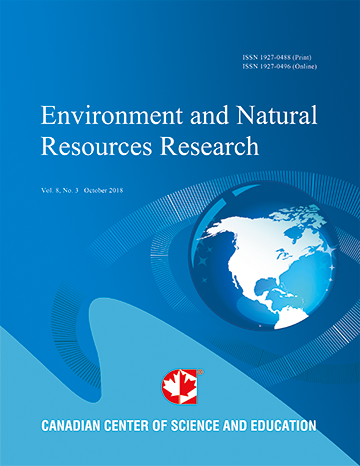Using Microwave Energy for the Removal of Ammonia From Municipal Wastewater: Continuous Flow Lab-Scale System
- Fahid Rabah
- Mohamad Darwish
Abstract
This work was initiated to investigate the possibility of using a continuous flow Micro Wave (MW) radiation system with heat exchanging for ammonia nitrogen removal from municipal wastewater after the success of using the system as a batch reactor in our previous work. The effects of initial ammonia concentration, detention time, and initial temperature were investigated. The optimum detention time and initial temperature were determined using synthetic wastewater and found to be 8.5 minutes and 62 ºC, respectively. These optimum conditions are valid within the range of 60 to 120 mg NH3-N/L. The residual concentrations under optimum conditions were 3.5 ± 0.4, 4.4 ± 0.4, 5.1 ± 0.2, and 6.9 ± 0.5 mg NH3-N/L for initial concentrations of 60, 70, 80, 100, and 120 mg NH3-N/L, respectively. These concentrations meet the 5 mg NH3-N/L standard for recharging wastewater to groundwater in many countries such as Jordan .Similar results were obtained using real wastewater samples (3.1 ± 0.2, 4.0 ± 0.1 and 4.9 ± 0.3 mg NH3-N/L for initial concentrations of 65.7, 73.8, and 94.6 mg NH3-N/L, respectively). The developed system proved to be practical in the continuous flow mode that mimics the actual operations in wastewater treatment plants. It was concluded that MW energy could be one of the most effective methods for large scale removal of ammonia nitrogen from municipal wastewater.
- Full Text:
 PDF
PDF
- DOI:10.5539/enrr.v3n3p24
Journal Metrics
Google-based Impact Factor (2016): 6.22
h-index (November 2017): 12
i10-index (November 2017): 19
h5-index (November 2017): 11
h5-median (November 2017): 12
Index
Contact
- Emily LinEditorial Assistant
- enrr@ccsenet.org
